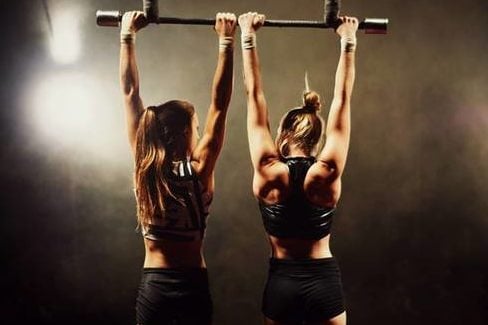BJJ Shawn
Level 6 Valued Member
Hello all,
I can currently do about 5-6 solid chin-ups with hands facing me, but I can only get my lips to the bar doing a tactical pull-up (which I can also do about 5-6 times, but can’t do a single complete rep). I am not ready to do a dedicated pull-up program right now, but I’d like to incorporate something simple to help me get those last few inches. Should I add some dead hangs? Get a chair and position myself at the top and try to hold it there? I would like to do a program in my next cycle, but for now it will only be to add a little extra to my current S&S.
Thanks for the tips.
I can currently do about 5-6 solid chin-ups with hands facing me, but I can only get my lips to the bar doing a tactical pull-up (which I can also do about 5-6 times, but can’t do a single complete rep). I am not ready to do a dedicated pull-up program right now, but I’d like to incorporate something simple to help me get those last few inches. Should I add some dead hangs? Get a chair and position myself at the top and try to hold it there? I would like to do a program in my next cycle, but for now it will only be to add a little extra to my current S&S.
Thanks for the tips.


